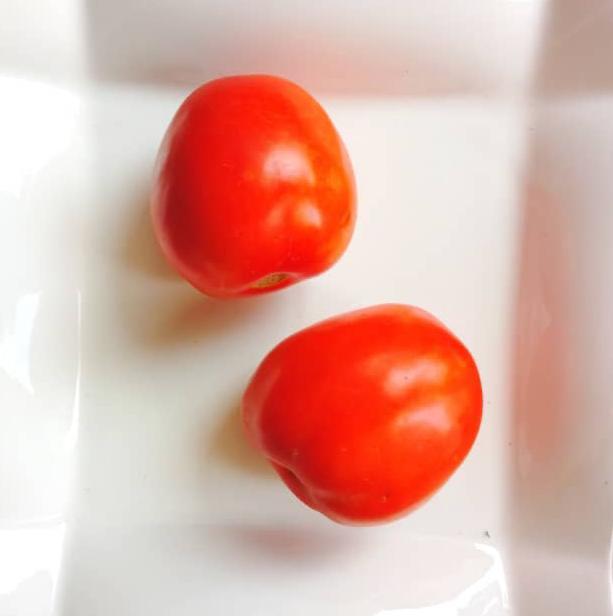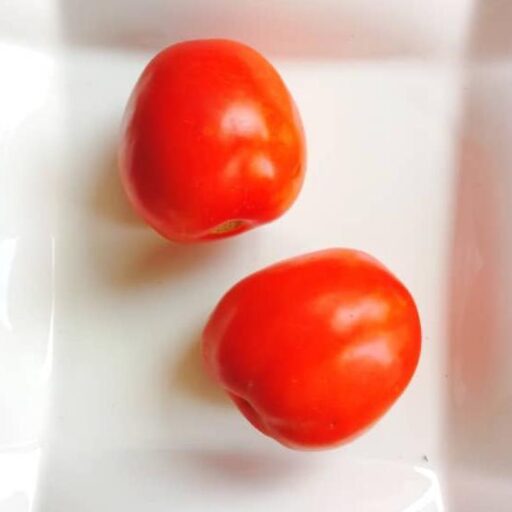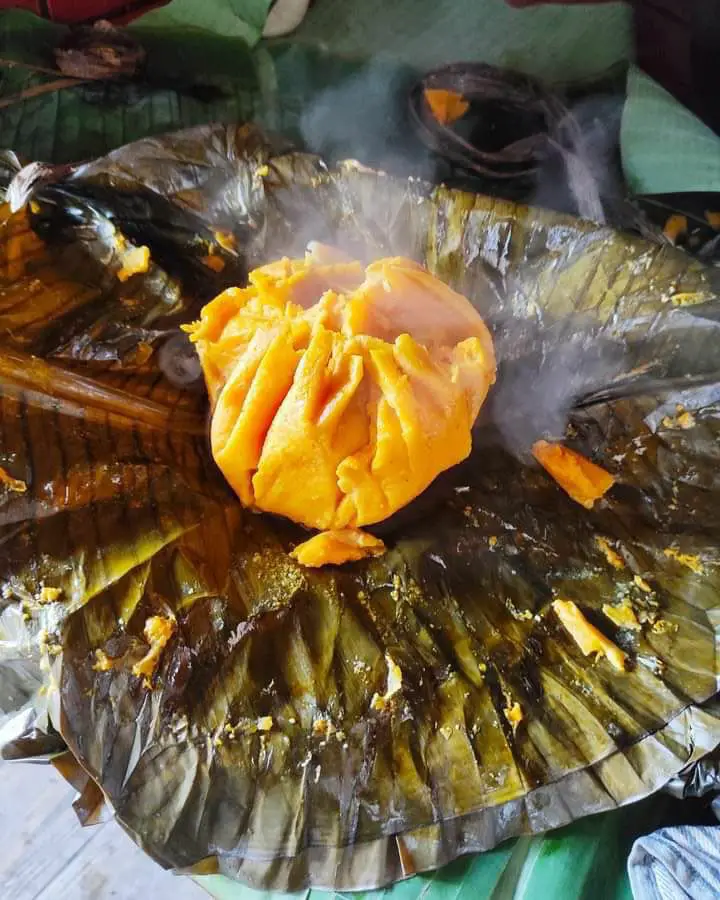Koki or koki beans is a dish originating from the Littoral region of Cameroon from the Mbo people that the Bamileke people of the West region of Cameroon have appropriated. Today when we talk about koki we are directly referring to the people of the west even if this meal is very popular in other regions of the country. The other name for koki is cornille cake and it is accompanied by a plethora of complements to choose from. It is a dish that requires enough patience and availability to succeed perfectly. In this article, I show you little tips to make the task of preparation and cooking as easy as possible for you.
INGREDIENTS
- 1 kg Cornille bean (black eyes beans)
- 600 ml Palm oil
- Pepper
- Salt
- Banana leaves
- 8 ripe plantains
Total time
Preparation: 3h Resting: 6h or 24h Cooking: 2h30
PREPARATION
1
To prepare the koki, start by soaking your cornille beans the day before or 4 hours before in a generous amount of water. If you soak them the day before, be sure to do it in the evening and prepare them very early the next day. Otherwise the beans risk degrading and therefore the taste of the koki at the end of cooking will be unpleasant; Indeed it is very important to soak the seeds before anything else. This will allow them to be a little bit softened and will make the task easier when you go to clean them.
2
Then prepare the banana leaves by heating them slightly and cleaning them gently with a clean kitchen cloth. If you don't have banana leaves, you can use aluminum cans (such as tin cans) that you will clean;
3
When the beans are soft enough, it's time to clean them. In reality, this is the most complicated step and requires maximum patience because you have to remove all the skins as well as the "black eyes" of the beans; ⇒ The little tip to go faster is to first drain the bean seeds. Then rub them between your palms for 5 to 6 minutes then add water so that all the skins rise to the surface. Then use a strainer to drain the beans but gently remove the skins that are on the surface. You must repeat this exercise until the skins and black eyes are completely finished.
3
Your beans well cleaned, rinse and drain one last time. Then mix by adding the peppers in several times depending on the quantity until obtaining a paste. For a nice texture at the end of cooking, the paste should not be very smooth, on a scale of 1 to 5 let's say that it can be smooth at 4 out of 5.
4
Then pour the palm oil into a small saucepan and place on the heat to liquefy and not to blanch. If the oil blanch, the koki will not have a nice color at the end of cooking.
5
Now pour the paste into a mortar and turn vigorously with a pestle for 10 minutes. Then add 1l of water, a tablespoon of salt to taste and turn again;
6
When the dough becomes a little lighter and has a foamy texture, pour in the previously liquefied oil in two stages and gently turn until the mixture is homogeneous. This mortar step is for those who like a spongy and light koki. But you can simply turn your koki dough in a saucepan or a terrine if you don't have a mortar or pestle. Then mix with a spoon or a spatula. In this case the dough should be perfectly smooth and you will have an equally delicious koki;
7
Place the banana leaf in a deep plate and pour the mixture then tie the top and string so that the dough cannot come out of the leaf during cooking. Make several packets; If you are using aluminum cans, pour the mixture to ¾ of the can and cover with aluminum foil;
COOKING
1
For cooking, you will also need to do a little preparation of the pan. To do this, place a few banana leaves at the bottom of a pan before placing it on the fire and then add 500 ml of water;
2
Let it come to a boil before carefully placing the packets or boxes. Cook for about two to two and a half hours, adding 500 ml of water each time the water dries up. It is important not to add too much water during cooking, especially if you are using banana leaves, as this could get into the packets.
3
Meanwhile, cook your plantains with water for about 15 to 20 minutes. Your koki is ready, let it cool for about 10 minutes before enjoying it with your plantains. Also serve with banana, cassava or cassava sticks.
Note:
In Africa and Cameroon in particular, it is very unpleasant to see koki with these famous black skins and eyes, however little they may be. Moreover, if you serve this dish and these two elements are found in it, it is clear that your recipe is not successful. Make sure to remove everything as well as the sand that could be at the bottom when cleaning the bean seeds.


